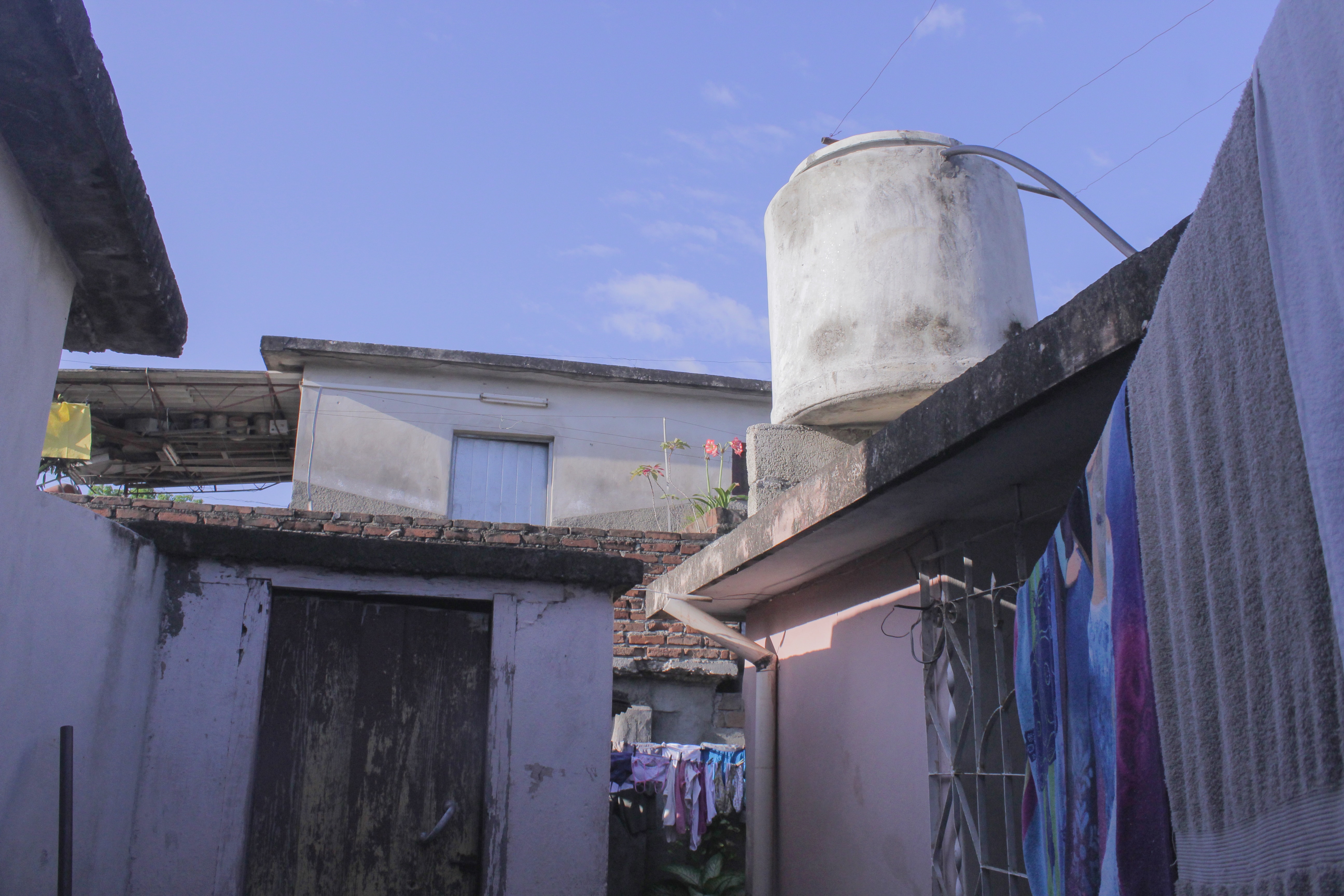
In today’s climate, many businesses, farmers and individual homeowners are looking for ways to conserve freshwater. Many dig deep wells, reduce their water consumption and even try harnessing one renewable resource readily available to us—rainwater. As one of the many ways of collecting and storing rainwater, rainwater tanks are becoming more popular across society’s sectors. While most rainwater tanks can easily hold thousands of litres of water for long periods of time, used in times of drought or water interruptions, it’s not uncommon for rainwater-tank owners to fret over its maintenance and repair and which material is the most durable.
There is much debate over which material rainwater tanks should be made, and surely all materials have their pros and cons. But among the many tanks available to us today, none is more durable and offers the most as an investment than a concrete rainwater tank. Before you decide to go out and get a contractor or supplier build this for you, read this post first.
What to consider first
Apart from the initial cost of purchasing building materials, there is a lot to consider before deciding on a concrete rainwater tank—how big a property is, how the stored rainwater will be used and what other fixtures are needed (according to the owner’s needs) are the most common of them.
-
Expenses. Whether aboveground or underground, concrete rainwater tanks are more costly to install compared to other tanks. The initial investment, however, pays for itself in the municipal water costs that are saved over time.
-
Building materials. Concrete is a no-brainer, but steel frames may be needed if you’re not going for an underground tank. In some states, certain permits may be needed first to build a concrete tank, whether as an independent installation or built under your home.
-
Purpose. What are you going to use the water for? For smaller homes that seek to achieve at least 40% additional water supply to supplement mains water, a plastic slimline rainwater tank is preferable. Homesteads or larger properties such as farms will benefit from a concrete rainwater tank is supplying water for irrigation or their livestock.
-
Other fixtures. Building the tank underground is common for smaller properties. This means, however, you may need to purchase additional pumps and piping to connect your tank to your home.
The good and bad of concrete rainwater tanks
The main draw of a concrete tank is its durability and its holding capacity, which stores a minimum 3,800 litres and a maximum 11,500 litres (for underground tanks) of rainwater. As the rainwater is stored underground in concrete tanks, the water stays cold all year ’round and is protected from the elements due to the natural insulation the soil provides. The solid construction of concrete tanks means there are virtually no leaks and the stored water is safe from any contamination.
However, due to its rigidity, this means concrete could not contract or expand as easily in the freeze-thaw cycle of water compared to other tanks of different materials like stainless steel or plastic. This may cause structural damage to the concrete tank, which may result in leaking and additional costly repairs.
Furthermore, rainwater is naturally acidic; and when combined with minerals such as calcium and magnesium found in concrete, this produces slightly alkaline water, safe for human consumption. One drawback of the resultant hard water is that it may not be suitable for irrigation as the newly formed compounds in the water could form a film around plants which could affect how plants absorb light and water for their sustenance. To ensure the harvested rainwater is even safe for human consumption, further filtration and purification systems may be needed to work in conjunction with the conveyance system so the water is free from any physical or biological contaminants, which could mean further investment on the owner’s end.
The concrete rainwater tank would certainly outlast its owner in many cases—that’s true. But at the end of the day, all rainwater tanks serve to promote one message: save precious drinking water. Which in and of itself is an idea that should be taught to future generations to come?



Leave A Comment